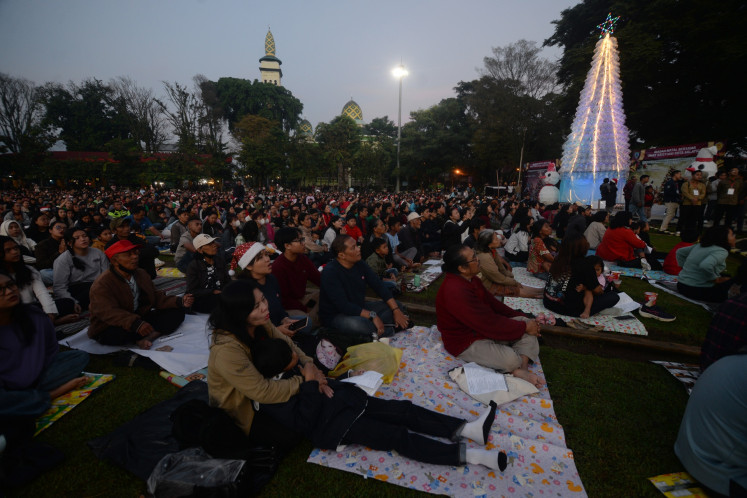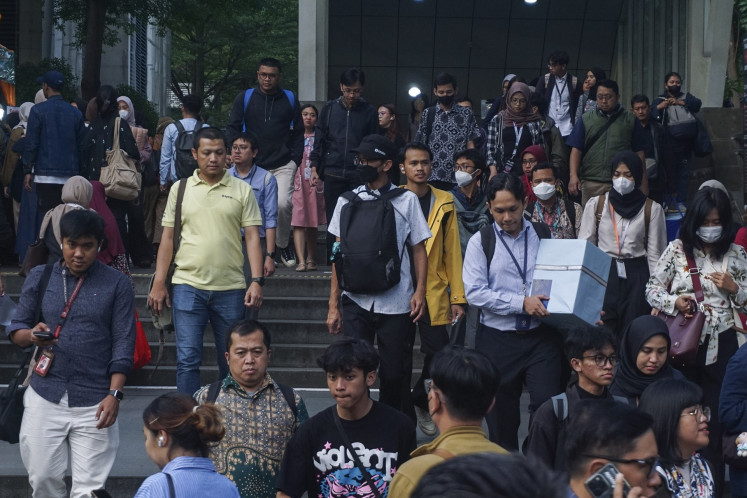Popular Reads
Top Results
Can't find what you're looking for?
View all search resultsPopular Reads
Top Results
Can't find what you're looking for?
View all search resultsHoax busters: How millennials can tackle fake news, hate speech
Often considered as digitally savvy, can millennials handle fake news and hate speech?
Change text size
Gift Premium Articles
to Anyone
M
illennials will be in the spotlight in the run-up to the upcoming elections as they are said to make up 57 percent of the voters, according to tribunnews.com, meaning that they can be targets of hoaxes and hate speech, which is bound to flourish during this period.
Born approximately between 1980 and 2000, this generation is often perceived to be digitally savvy, but does this mean that they can tackle hoaxes and hate speech?
Dedy Helsyanto, a representative of the Indonesian Anti-Slander Society (Mafindo), suggested that these steps should be taken to handle fake news and hate speech:
Literacy
A 2017 survey conducted by the Centre for Strategic and International Studies (CSIS) with 600 millennials as participants listed activities that were considered interesting to them. The result showed that only 5.3 percent were interested in reading and 2.3 percent showed an interest in social and political issues.
For Dedy, it is crucial for millennials to read often, write and think critically. “If possible, they should start thinking critically instead of positively or normatively,” he said during a #AkuSiapBersikap event, which was held at Budi Luhur University in Tangerang, Banten, on Nov. 29. “This is because hoax propagators use their own logic and channel them through photos, narrations and symbols.”
It is also possible for them to use video clips that can be presented with a different narration, as well as using web addresses that are similar to the mainstream media.
Read also: How to catch up with your reading goals
Refer to fact-checkers
There are a number Indonesian websites that act as fact-checkers of fabricated news, such as turnbackhoax.id, which is managed by Mafindo.
Their posts are also available on social media channels and Facebook group Forum Anti Fitnah, Hasut dan Hoax (Anti Defamation, Sedition and Hoax Forum). People who want to report fabricated news may do so through the app Hoax Buster Tools, which is available on Google PlayStore.
Read also: ‘#AkuSiapBersikap’ uses art to fight against hoaxes, hate speech
Speak up
The 2017 survey from the CSIS revealed that 53.7 percent of respondents were unwilling to accept leaders from different religious beliefs, although 90.5 percent were reluctant to replace Pancasila with other ideologies. Dedy believes it is still possible for them to be more tolerant and able to handle hoaxes as long as they are stimulated by their environment to think and analyze things critically.
“You can stimulate them with the help of infographics and pictures, not just writing,” said Dedy.
He also suggested that institutions and communities should encourage them to channel their fight against hoaxes through music, art and literature. (wng)







